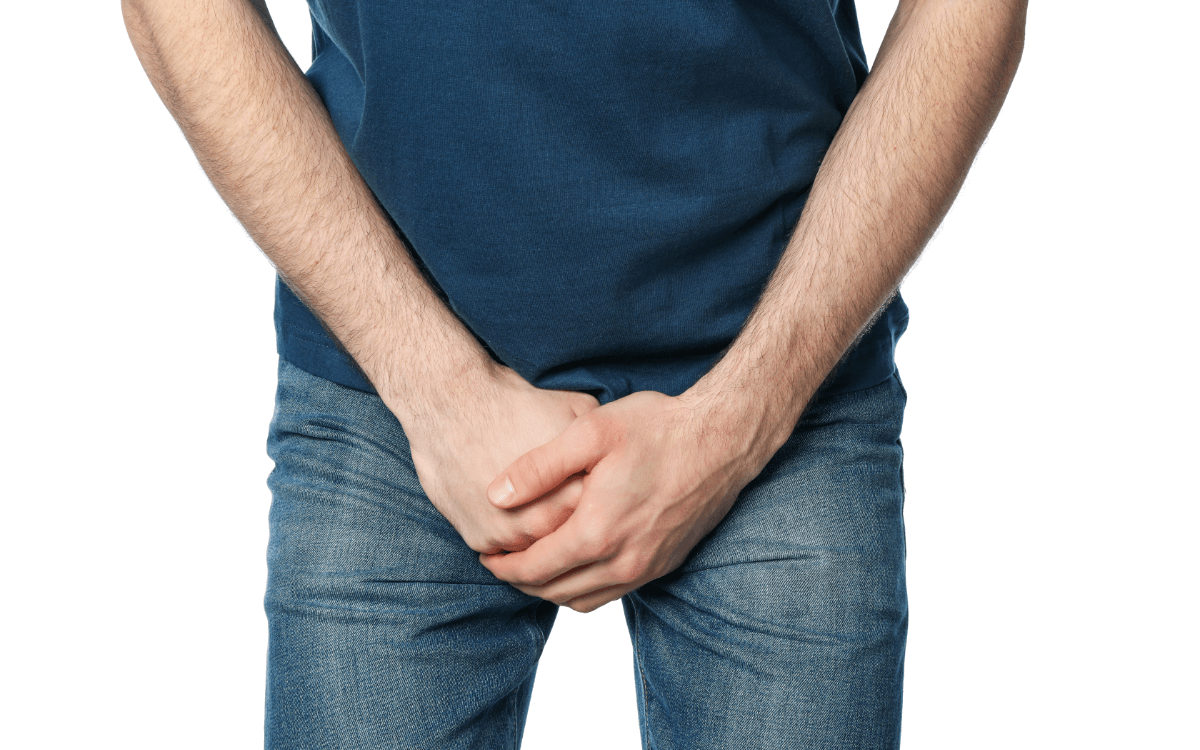Pubic lice have been known for centuries and were even mentioned in the Bible. They are believed to have spread widely in antiquity and the Middle Ages, especially in cities and in unhygienic conditions. In the 16th century, it was even known as “Morbus pedicularis” and was considered to be a common disease.
Over the centuries, various treatments for pubic lice have been developed, including herbs, chemicals and even cutting off the hair. Special medicines are available in modern medicine to treat it.
What’s that crawling??
While in the past felts were often seen as a sign of poor hygiene, they are now known to be transmitted through close physical contact, especially sexual contact. It is important to be aware of how they are transmitted and how to protect yourself from them to avoid infection.
This article deals with the symptoms, causes, diagnosis, treatment and prevention of felting. It is not intended as professional advice. We are not doctors, psychologists, social workers etc. and can only explain the terms and the context and refer to support services. For specialist treatment etc., please contact a help centre near you.
Causes of Pubic lice
Pubic lice, also known as pthiriasis pubis or “crabs”, are tiny, parasitic insects that feed on human blood and live in the pubic hair, armpit hairs, chest hair and beard area. They lay their eggs in the hair and the nits (eggs) adhere firmly to the hair. After about a week, the nits hatch into larvae. Which go through three stages of growth before they become adult lice.
Transmission takes place from an infected host to an uninfected host. The most common route of transmission is through close physical contact, especially sexual contact, with an infected person. The bacteria can also be transmitted through contact with infected clothing, bed linen or towels.
Interestingly, felt is not transmitted to humans by animals or pets, but only between humans. Because they are transmitted through close physical contact, they are often associated with sexually transmitted infections (STIs) and can be a sign of a sexually transmitted infection.
Signs for crabs
Symptoms of felting may vary, but typical signs may include:
- Itchiness in the pubic hair, underarm hair, chest hair or beard area (even eyelashes can be affected)
- Visible lice or nits in the hair or on the skin. The lice are small, grey or brown insects. Which move quickly, while the nits (eggs) are small and oval and stick to the hair
- Skin rashes or infections in the area of the bites, scratching can cause skin irritation and infection
Since crabs are transmitted through sexual contact, they can also be a sign of another sexually transmitted infection (STI). If you have one or more of these symptoms, or think you may have been exposed to an infection, you should be examined by a healthcare professional immediately. Early diagnosis and treatment are important to avoid complications and prevent the spread of infection to sexual partners.
Get tested!
A visual examination of the affected skin and hair areas is usually enough to diagnose felting. As it can sometimes be difficult to detect crabs, as they are very small and can move quickly, in the case a magnifying glass or microscope can be used to make a definite diagnosis.
Treatment of crabs
General treatment includes:
- Removal of the lice and nits by thorough washing of the affected hair and skin areas with a special shampoo or lotion containing permethrin, malathion or other insecticides
- Remove the nits with a fine-toothed comb or tweezers. It is important to remove all nits from the hair, otherwise they can continue to slither and new lice can develop
- In cases of severe itching or skin rashes, anti-allergic medications such as antihistamines or topical steroid creams may be prescribed to relieve the symptoms
- Cleaning clothes, bed linen and towels thoroughly with hot water. And afterwards drying at a high temperature to remove lice and nits
- All sexual partners should also be checked for felt lice. And also other sexually transmitted infections and treated if necessary to prevent re-infection
It is important to follow the instructions of the healthcare professional carefully to ensure successful treatment. In some cases, re-treatment may be necessary if not all lice and nits are removed the first time.
Preventive measures
There are several steps you can take to prevent a crabs’ infestation:
- Stay away from sexual contact with an infected person
- avoid sharing clothes, bed linen and towels with other people, especially those known to be affected by crabs
- Change your clothes and check yourself for any contact or presence that makes you think you may be infected
- Clean your clothes, bed linen and towels regularly with hot water and dry them at a high temperature to remove lice and nits
- Do not use any personal items, such as combs, brushes, or hands, that have been used by infected people
- If you have come into contact with an infected person or notice signs of infection, you should get checked immediately
- Getting regular STI testing is also important to minimise the risk of infection and to be treated early
By following these precautions, you can minimise the risk of a crabs infection and help prevent it spreading to sexual partners or others.
|
